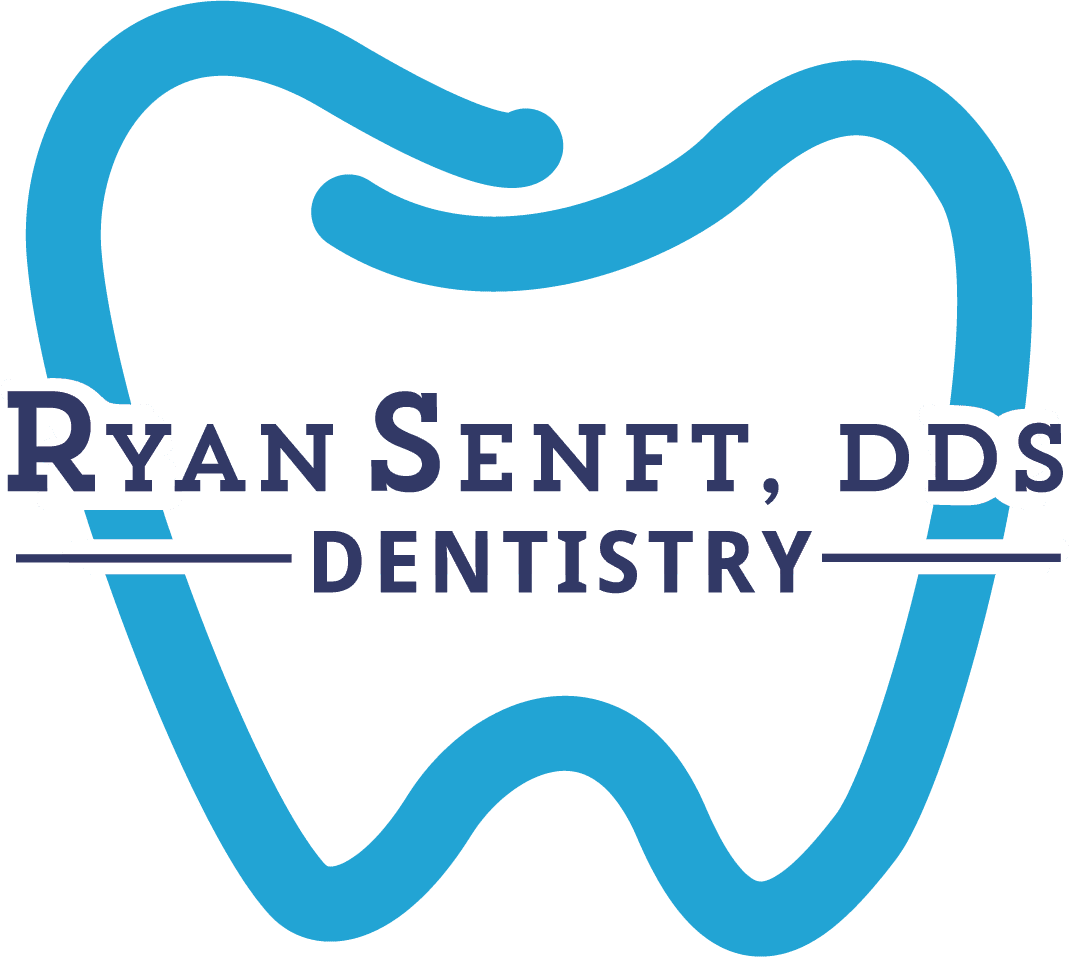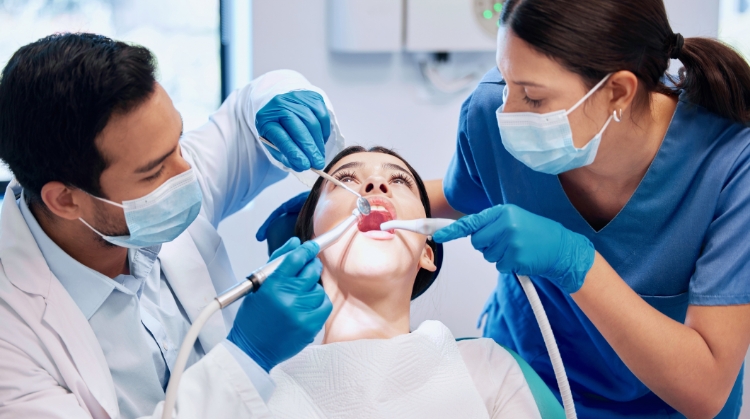Wisdom teeth, also known as third molars, often need to be removed due to their potential to cause pain, discomfort, and other dental problems. At Ryan Senft, DDS in Cupertino, California, our experienced dentists are skilled in performing safe and efficient wisdom tooth extraction procedures.
What to Expect Before the Procedure
- Consultation with Your Dentist: Your dentist will examine your mouth to determine if wisdom tooth extraction is necessary. They will discuss the procedure, the risks involved, and the recovery process.
- Pre-operative Instructions: Your dentist will provide you with specific instructions to follow before the procedure, such as avoiding certain medications or foods.
The Wisdom Tooth Extraction Procedure
The extraction procedure itself can be performed under local anesthesia, sedation, or general anesthesia, depending on the complexity of the case. During the procedure, your dentist will make an incision in your gum, remove the tooth, and stitch up the area.
Recovery After Wisdom Tooth Extraction
- Pain and Swelling: It’s normal to experience some pain and swelling after the procedure. Your dentist will prescribe pain medication to help manage discomfort.
- Bleeding: Some bleeding is also common, but it should stop within a few hours. If bleeding is excessive, contact your dentist.
- Diet: You will need to follow a soft diet for a few days after the extraction. Avoid hard, crunchy, or chewy foods.
- Oral Hygiene: Brush and floss gently around the extraction site to prevent infection.
- Follow-up Appointments: Your dentist will schedule follow-up appointments to monitor your healing process and ensure there are no complications.
Potential Complications
While wisdom tooth extraction is generally a safe procedure, there are some potential complications, such as:
- Infection: If the extraction site becomes infected, you may experience pain, swelling, and fever.
- Dry socket: This occurs when the blood clot that forms in the extraction site becomes dislodged, causing pain and discomfort.
If you think you have a dry socket after a tooth extraction, it’s important to act quickly, as dry sockets can be quite painful. Here’s what you should do:
- Contact your dentist: Dry sockets occur when the blood clot that forms after a tooth extraction becomes dislodged or dissolves before the wound has fully healed. Call your dentist as soon as you suspect a dry socket for professional advice and treatment.
- Keep the area clean: Gently rinse your mouth with a warm saltwater solution (1/2 teaspoon of salt in a glass of warm water) a few times a day to keep the area clean. Avoid using a straw or spitting forcefully, as this can dislodge the blood clot.
- Avoid smoking or using tobacco products: Smoking can slow healing and increase your risk of developing a dry socket.
- Use pain relief: Over-the-counter pain relievers like ibuprofen or acetaminophen can help manage the discomfort until you can see your dentist.
- Cold compress: Applying a cold compress to the outside of your face near the affected area can reduce swelling and pain.
- Follow your dentist’s instructions: Your dentist may place a medicated dressing in the socket to relieve pain and promote healing. They may also prescribe stronger pain medications if needed.
Tips for a Smooth Recovery
- Rest: Get plenty of rest in the days following the procedure.
- Ice Packs: Apply ice packs to your face to help reduce swelling.
- Avoid Smoking and Alcohol: These can interfere with healing and increase the risk of infection.
- Follow Your Dentist’s Instructions: Adhere to your dentist’s post-operative instructions carefully.
Schedule Your Appointment Today
If you’re experiencing wisdom tooth pain or discomfort, don’t hesitate to schedule a consultation with our team at Ryan Senft, DDS in Cupertino. We’re dedicated to providing you with the highest quality dental care.

